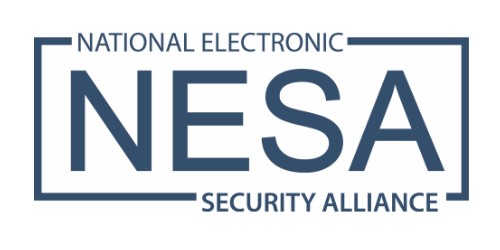
10.5.20 – SSI
The truth is that the authorities really do not care about your false alarms. However, they do care if they are not handled properly and escalate to a false alarm dispatch of their personnel.
One of the things that impressed me when I started my alarm dealership in the 1970s was the important utilization of public services, a.k.a police/fire, in order to fulfill my services to my customers. You will have to admit that it is a very unique business model. However, one quickly learns that utilizing police/fire for security service comes with a hidden responsibility. That responsibility is eliminating false alarm dispatches.
Police and fire departments are always short of resources. The truth is that the authorities really do not care about your false alarms. What they do care about is that those false alarms are not handled properly and are quickly escalated to a false alarm dispatch of their personnel. This is an obvious waste of valuable public resources and still account for more than 90% of alarm dispatches.
This month we are going to take a serious look at some of the standards and practices for minimizing the number of false alarm dispatches. This is and will always be a concerted effort among the end user, security provider and authorities. Many items we will read today we have seen before, but are we all diligently, every day practicing what we preach.
With the increasing use of DIY and MIY (monitor it yourself) systems, I have noticed a more casual nature about alarm system performance. The public needs to understand the serious nature of monitored alarm systems, especially when it applies to life-safety systems such as smoke and CO detection. Professional alarm dealers need to emphasize this to the public every day.
I have some good news that just came out from The Monitoring Association with the long-awaited update to the Central Station Verification (CSV) standard. The newly revised edition is CS-V-01-2020_08_01_2020. Some new items are support of smart devices, recognition of today’s many communication methods and alignment with law enforcement’s recognizing solutions.
As quoted in the document, “This standard takes confirmation to its next level by defining multiple attempt confirmation, biometric, audio and video confirmation.” For those of you that may not typically follow this standard, it is a big deal since the last major update was more than a decade ago.
Why would you as a user or dealer be interested in standards set for central station monitoring? Again, to better understand the overall monitoring standard recommended by the professional security industry. The better we all understand the process the less chance of false alarm dispatches.
Another industry false alarm reduction standard used on many of today’s professional alarm controls is the ANSI/SIA CP-01 2019 requirement. Some features include 30-second entry delay with different sounds to warn of the last 10 seconds, recent closing signal if alarm within two minutes of exiting, local alarm on an exit error and new simple instruction cards. Remember that the largest percentage of false alarm dispatches are caused by system arm/disarming confusion, which is also attributed to end user training.
The Security Industry Alarm Coalition (SIAC) has great documentation on alarm reduction and management. Check out the standards section for links to many item discussed in this article. Another is the False Alarm Reduction Association (FARA), which has dedicated its existence to false alarms.
Make sure to note the efforts of these organizations to encourage better communications and false alarm education with public officials. It is in your long-term best effort to pursue this endeavor.
Let’s now take a moment and look at some false alarm reduction tips for techs. Use physically latching hold-up switches in order to help identify the employee that is not paying attention. Use dual hold-up money clips so that both must be cleared of money before an alarm.
Passive infrared (PIR) motion sensors have often been the source of many false alarms if not installed per customers environment. Many are not aware that you can use the dual sensor rule that is in most central station monitoring software. That is an alarm will only be reported if dual intrusion sensors are activated in a set time window.
PIRs are often falsely activated by pets. Some adjustment options may include reversing the sensing area to look up rather than down, change out the lens detection pattern or mask the look down area. Special pet immunity PIRs can also be used. Recently I polled some trade techs on their favorites. Some are Bosch Blue Line Gen2, DSC LC-124, Paradox DG75 and Honeywell 5898 Wireless X-Band Dual Tech.
Just remember, while false alarms are not wanted, some will happen and that is OK — as long as they do not become a false dispatch.
